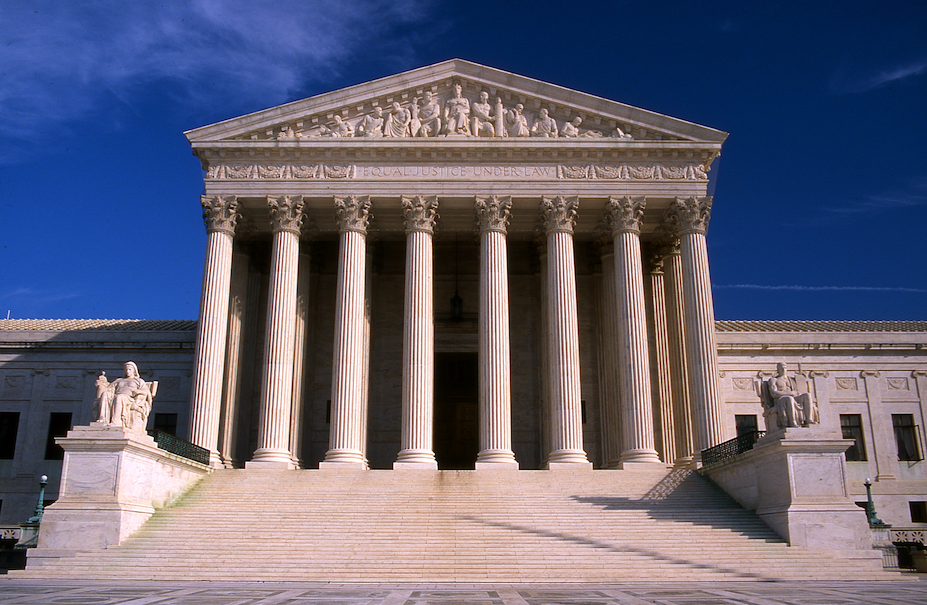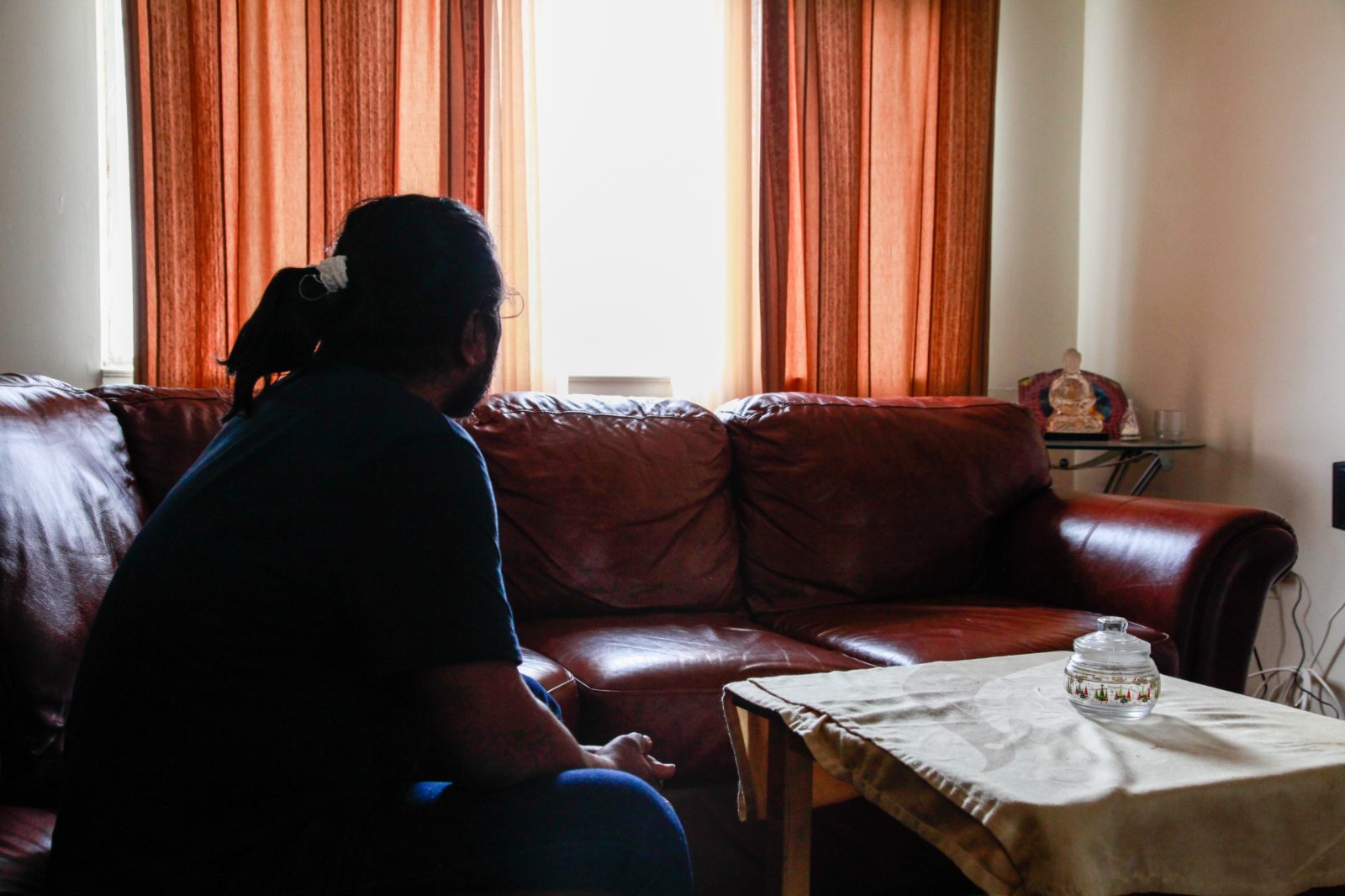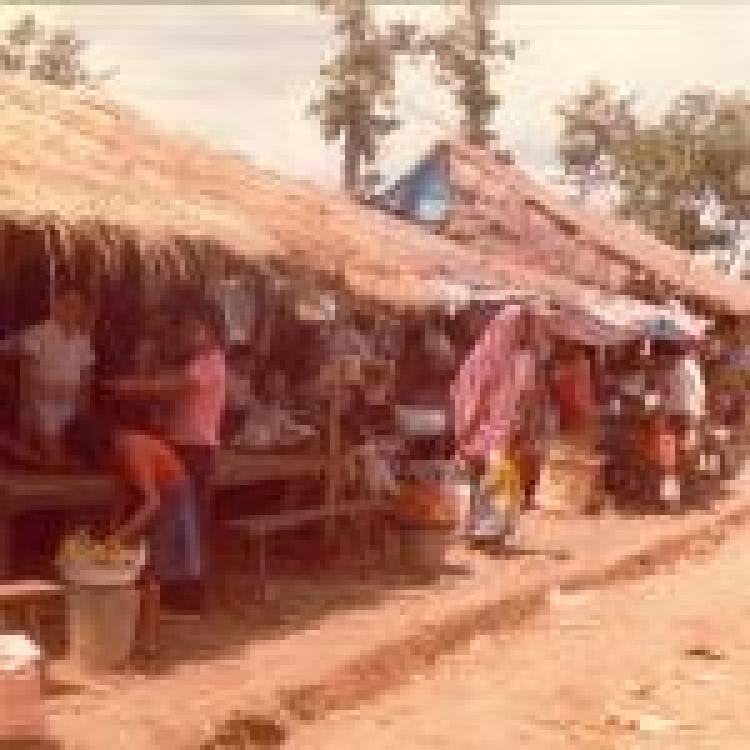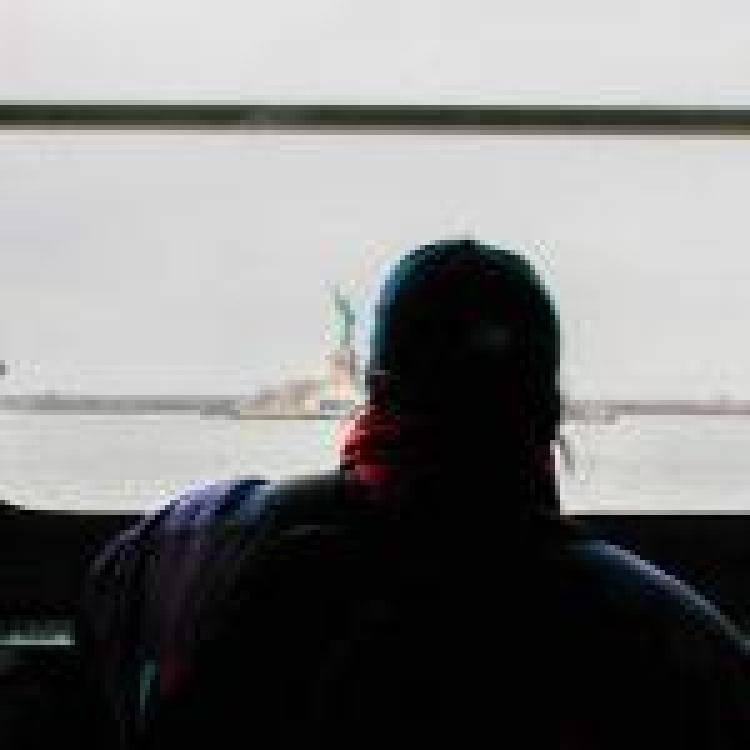
File photograph: US Supreme Court
The US Supreme Court has ruled in a landmark decision for the expedient removal of Vijayakumar Thuraissigiam, a Tamil asylum seeker from Sri Lanka.
According to the Court’s ruling, asylum seekers will not be required to be given a hearing in federal court before being removed if they cannot prove their initial claim. This judgement has raised concern from the civil liberty and human rights advocated as they maintain that it sets a dangerous precedent.
Expedient removal allows for the removal of certain migrants detained 100 miles within the US-Mexico border who have been in the country for two weeks or less. Whilst the policy has been in place since 1996, it has dramatically expanded under the Trump administration, reports the American Immigration Council.
The American Immigration Council further states that:
"One of the major problems with expedited removal is that the immigration officer making the decision virtually has unchecked authority," the American Immigration Council stated. “In essence, the immigration officer serves both as prosecutor and judge.”
Lee Gelernt, the ACLU counsel of record for Thuraissigiam, has stressed the importance of this case stating that:
“This goes to a fundamental question about the structure of our government and the rule of law, about whether there’s gonna be a fair process for immigrants… And so it transcends any particular change in the substance of immigration law.”
Nimmi Gowrinathan, a Visiting Research Professor at City College New York, has similarly stated that:
“This case will impact every man, woman, and child entering the U.S. and determine whether they are allowed the opportunity for their case to, at the very least, be heard.”
Thuraissigiam case

Photograph: Copyright 2020 American Civil Liberties Union. (Ashoka Mukpo).
Vijayakumar Thuraissigiam is a Tamil refugee who fled the country after unknown men attempted to abduct him in a white van and torture him in 2014. His lawyers maintain that he was targeted because of his political activism and work for the Tamil National Alliance (TNA). Before he fled the country, he was hospitalised for eleven days and then decided the threat of him remaining was too great.
Thuraissigiam undertook a gruelling journey through an eight-month journey through South and Central America to the United States. He was detained by US Immigration and Customs Enforcement (ICE) just 25 yards north of the US-Mexican border and immediately placed in expedited removal proceedings. According to the American Civil Liberties Union (ACLU), Thuraissigiam, the journey was very difficult and at one period he was forced to subsist on nothing but biscuits for eight days.
Justice Samuel Alito questioned the nature of his Tamil repression in Sri Lanka.
“The fact that he was beaten up in Sri Lanka and he's a Tamil...that provides a sufficient basis for asylum?” asked Alito.
Professors of Sri Lankan politics were called upon to give guidance and stated that Thuraissigiam interview illustrated credible fear and that the abuse he faced was “a textbook example” of the Sri Lankan government’s persecution. He was specially targeted, they maintain because he was a political active Tamil.
Lee Gelernt, the ACLU counsel of record for Thuraissigiam, further stated that Thuraissigiam fits the exact details of Sri Lanka’s notorious “white van” abductions. The ACLU further maintains that Thuraissigiam was only granted “a cursory and inadequate interview” from an asylum officer, where there were reported issues with translation and no lawyer present. Though the asylum officer believed Thuraissigiam’s testimony, it was deemed insufficient for asylum, finding that he did not "credibl[y] fear" for his life.
The ACLU has stated the removal of Thuraissigiam would allow for him to be sent “right back into the hands of his torturers”.
The Supreme Court’s judgement
The decision of the Supreme Court was written by Justice Samuel Alito whilst Justice Sonia Sotomayor and Elena Kagan dissented from the decision. Justice Stephen Breyer and Ruth Bader Ginsburg agreed with the decision but maintained that it only applied to Thuraissigiam’s case.
This was widely seen as a test for the Trump administration’s use of expedient removal which was permitted by a law passed by Congress in 1996. Chief Justice John Roberts, had expressed concern over this case as they maintained that ruling in Thuraissigiam could lead to an expansion of new claims. Robert’s legal team maintains that there are 9,500 asylum-seekers fits the same category.
Delivering this judgement, Associate Justice Samuel Alito maintained that;
“the Court is entitled to set the conditions for an alien’s lawful entry into this country and that, as a result, an alien at the threshold of initial entry cannot claim any greater rights under the Due Process Clause”
Associate Justice Sonia Sotomayor dissented from the decision stating:
"Today’s decision handcuffs the judiciary’s ability to perform its constitutional duty to safeguard individual liberty and dismantles a critical component of the separation of powers […] It increases the risk of erroneous immigration decisions that contravene governing statutes and treaties”.
Alexa Vance, a spokesperson for the US Justice Department, stated on the ruling that it “allows the Trump Administration to continue to defend our borders, uphold the rule of law, and keep Americans safe".
A loss for all refugees
Thuraissigiam is an exception in that the Trump administration is rapidly processing deportations, making it much more difficult for asylum seekers to challenge the system the way he has. This precedent is likely to play a role in judging further cases of refugees seeking asylum from the US Mexican border.
Commenting on the case, Nimmi Gowrinathan has stated that;
“One of the challenges to this case, and several others I have provided expert support to, is that the assessment of each country and their capacity for repression, is largely based on factors that satisfy international perceptions but are not experienced as a "shift in context" for the persecuted minority […]
We have seen in Sri Lanka, Myanmar, and elsewhere that a state can maintain the facade of democracy and meet the minimum standards of participating in "post-conflict" development and transitional justice processes while still using violent tactics of repression against minority populations”.
She has also stated that:
“Gathered in spaces like San Ysidro, California are refugees from state violence in El Salvador, Syria, Sri Lanka, Honduras among others for whom Mexico was the last possible route to safety. In those border hearings, Tamils will likely face less bias in the courtroom than those for whom this administration has created a deeply racist narrative, but a positive judgment would mean nobody can be deported on arrival.”
Read more from USA Today and our previous reporting on this case.








